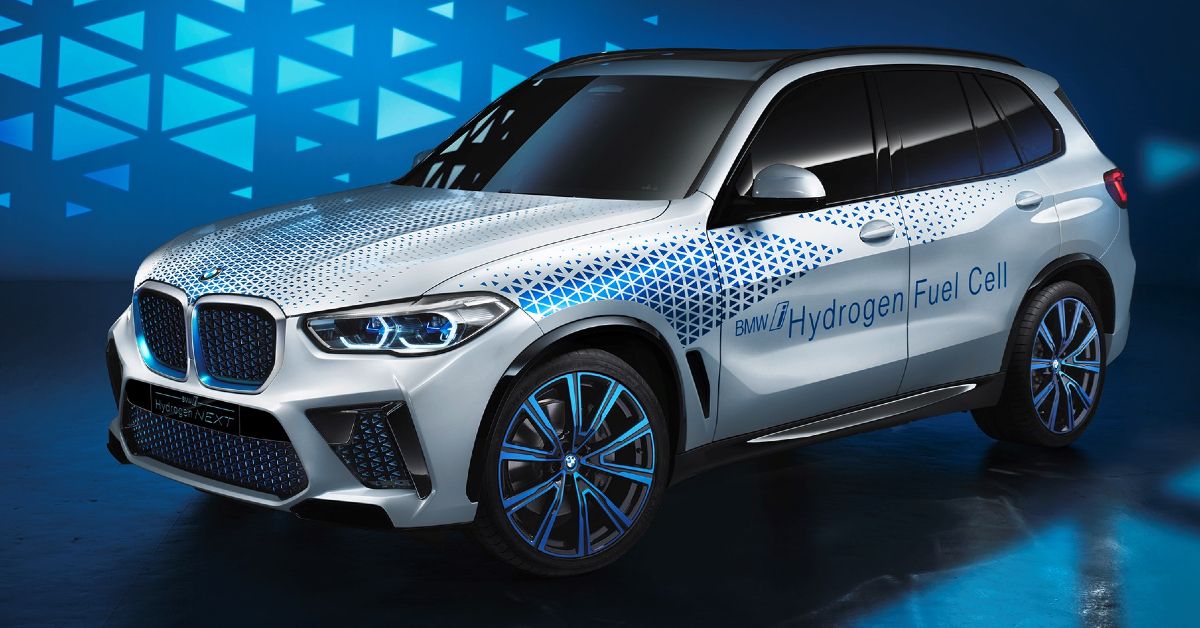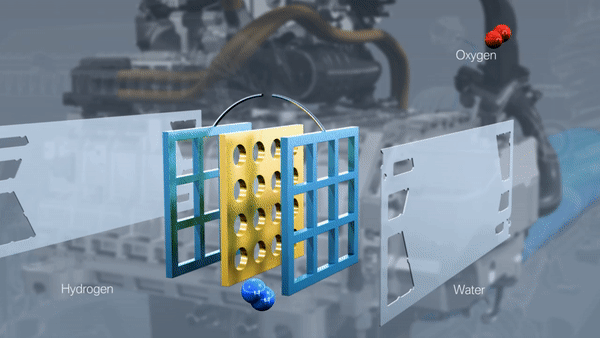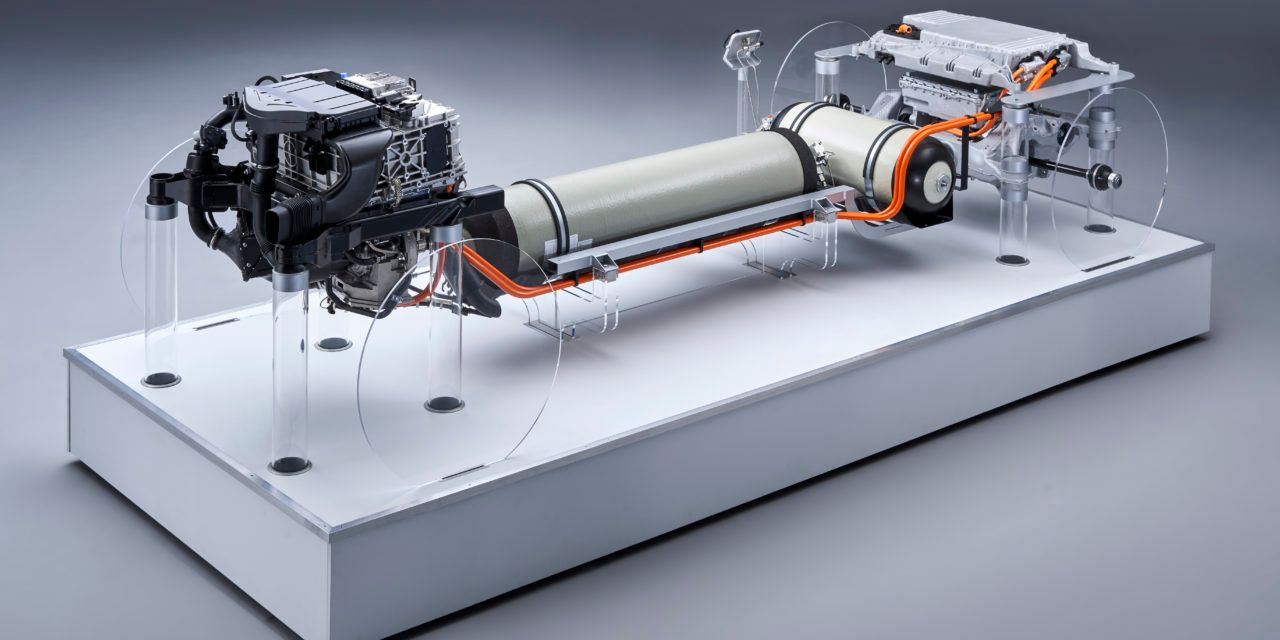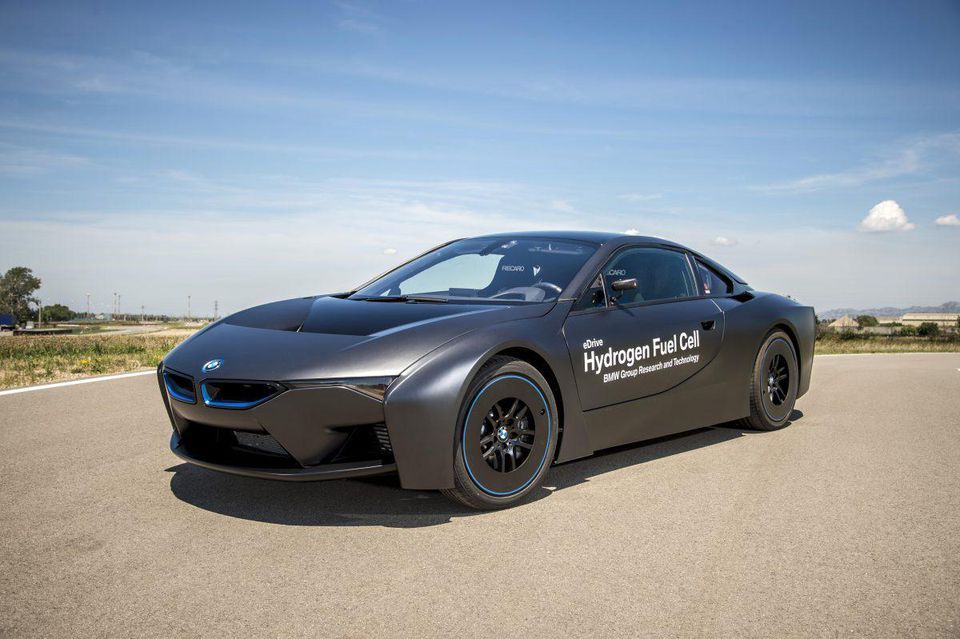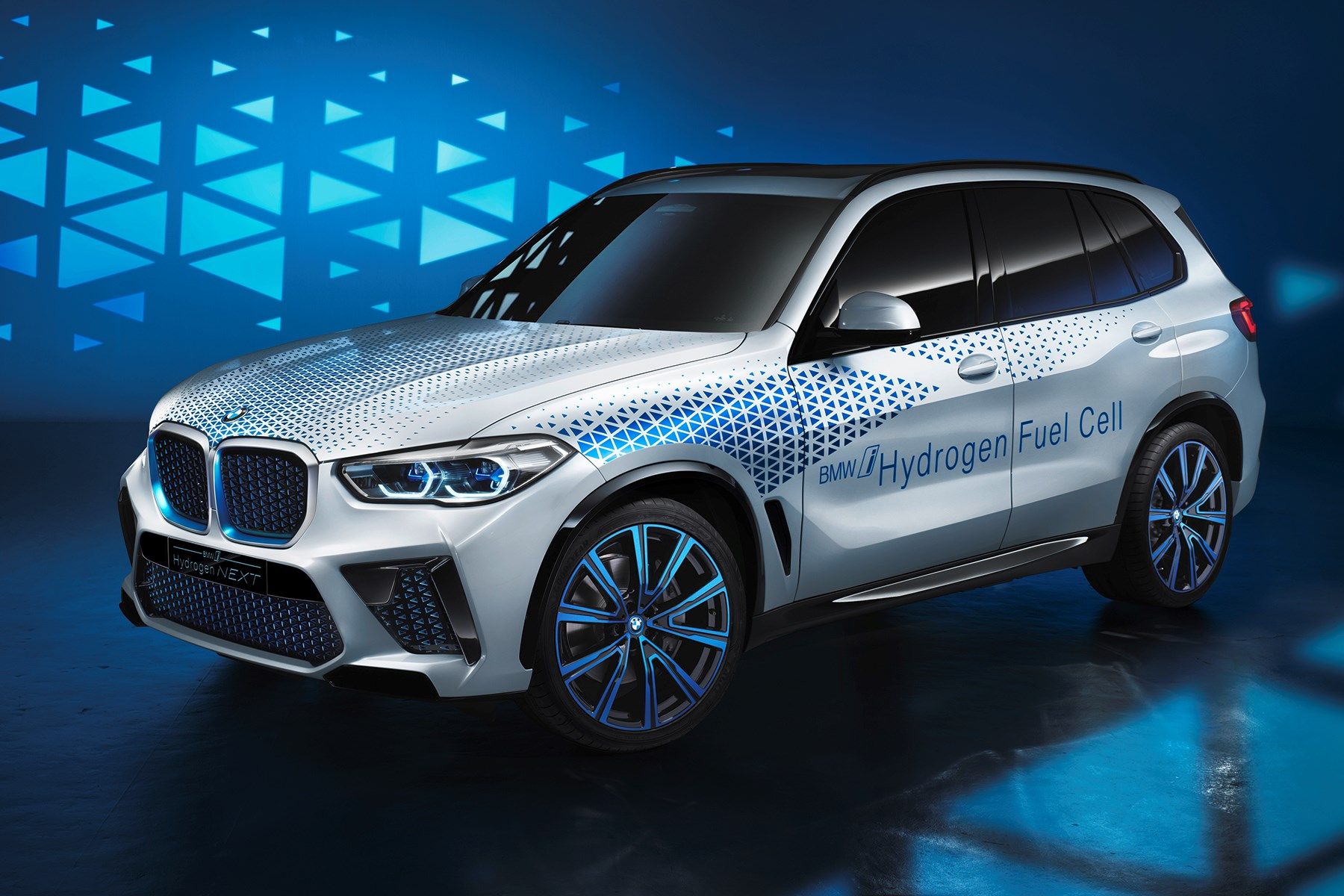Hydrogen fuel cell technology has become discussed by many EV companies. BMW has been developing Fuel Cell Electric Vehicles, or FCEV. Reactions between hydrogen and oxygen within special tanks provide electricity for these types of systems. The automaker understands the difficulty of implementing large scale hydrogen vehicles immediately; They have also released electric and hybrid versions of numerous cars and SUVs.
Companies like Tesla and Audi have said hydrogen is inefficient and as a result, they won’t be implementing it in their vehicles. Hydrogen engines produce zero emissions, are incredibly quiet, and can benefit from longer ranges than typical EVs. On the other hand, they can be quite expensive in terms of purchase and operating price.
Let’s investigate how hydrogen works and why BMW will use it to power some of their newer models.
How The Technology Works
The hydrogen system is built on the process of reverse electrolysis. Hydrogen-powered vehicles utilize the chemical conversion of hydrogen and oxygen to electricity and water vapor. Hydrogen gas (H2) in the tank comes in contact with oxygen gas (O2) through a specialized system. This leads to the production of H2O and the conversion of chemical potential energy to electrical energy. Often, this process is carried out through the use of Proton Exchange Membrane (PEM) fuel cells.
In its natural form, the process is technically more efficient than an internal combustion engine due to the fewer number of steps it must take to generate electrical energy. In a sense, hydrogen-powered cars are "hybrid" due to their use of electric motor and alternative fuel sources. The ability to create power from an abundant source (oxygen) and continuously generate power could provide leaps in efficiency.
Components Of The Hydrogen System
In the BMW system, the hydrogen flows into a fuel tank neck and proceeds through a tube into the hydrogen tank and fuel cell. The energy can be routed directly to the electric motor or stored within a battery, depending on demand.
Since the energy is being generated continuously, the battery, referred to as “Peak Power” by BMW, is more compact than a traditional electric one. The only byproduct produced through this method of energy production is water vapor, which exits through the exhaust. As with many electric vehicles, the kinetic energy generated by braking is converted into electrical energy through the motor. This is often referred to as “recuperative power” or “regenerative braking”.
Cost And Sustainability
Hydrogen tanks can be easily refueled, and the process can generate a steady flow of energy. Due to the low demand for hydrogen-powered cars, there is not an abundance of hydrogen refueling stations.
Hydrogen program manager Axel Rücker said, “As long as the network of refueling stations for hydrogen-powered cars is so thin, the low demand from customers will not allow for profitable mass production of fuel cell vehicles.” He goes on to explain how the lack of hydrogen cars also discourages the construction of new refueling stations.
The prevalence of the technology is also highly dependent on the ability to make pure hydrogen. A variety of processes are available for this purpose, but not all of them are beneficial to the environment.
Electrolysis can make use of renewable energy to produce pure hydrogen without having an effect on the environment. Other processes that require the use of fossil fuels could somewhat cancel out its environmental benefits. The production of the typical electric vehicle faces a similar issue with the exception of carbon-neutral factories.
Cost also seems to be a major factor hindering the prevalence of hydrogen-powered vehicles. Although a hydrogen tank can provide a substantially larger range in comparison to an electric vehicle, the initial purchase price and refueling can be more expensive. According to BMW, it takes about 1lb of hydrogen to power 28 miles of driving.
iHydrogen: The Fuel Cell Powered X5
BMW announced plans to release an experimental X5 SUV fitted with their hydrogen fuel cell technology. BMW’s development lead Klaus Fröhlich explained that “The hydrogen fuel cell technology could quite feasibly become the fourth pillar of our powertrain portfolio in the long term. The upper-end models in our extremely popular X family would make particularly suitable candidates here." This could become a reality as hydrogen technology becomes more desirable and affordable.
A partnership between BMW and hydrogen companies has projected the possibility of adding 50 refueling stations to Germany’s 80 by 2022. The automaker says that this can provide the capacity for 60,000 hydrogen cars. As of 2018, there were only 39 public hydrogen refueling stations in the U.S. That number appears to have increased to 44 according to the Alternative Fuels Data Center, 46 including non-retail stations. Germany devoted $8.1 billion USD in support of the hydrogen industry in its country, which could greatly benefit the efforts of BMW.
In an intriguing move, BMW has also proposed a solid oxide fuel cell (SOFC). This system can run on gas as well as the electricity produced from the conversion of hydrogen through a zirconium oxide ceramic transformer.

